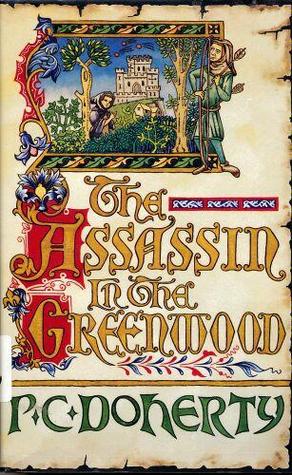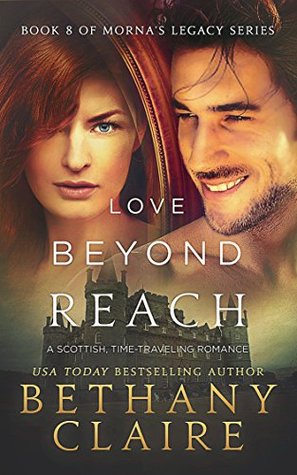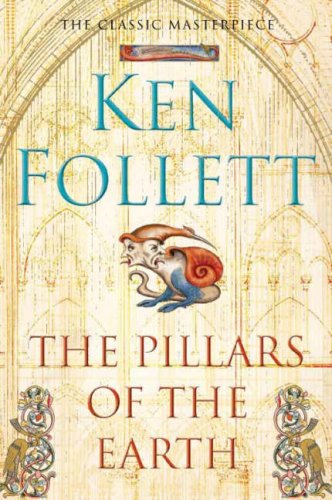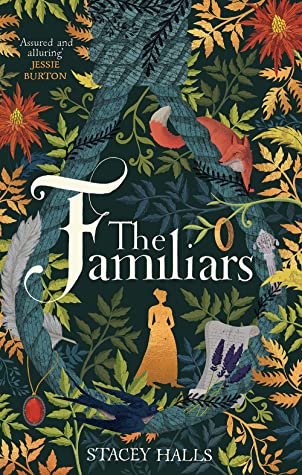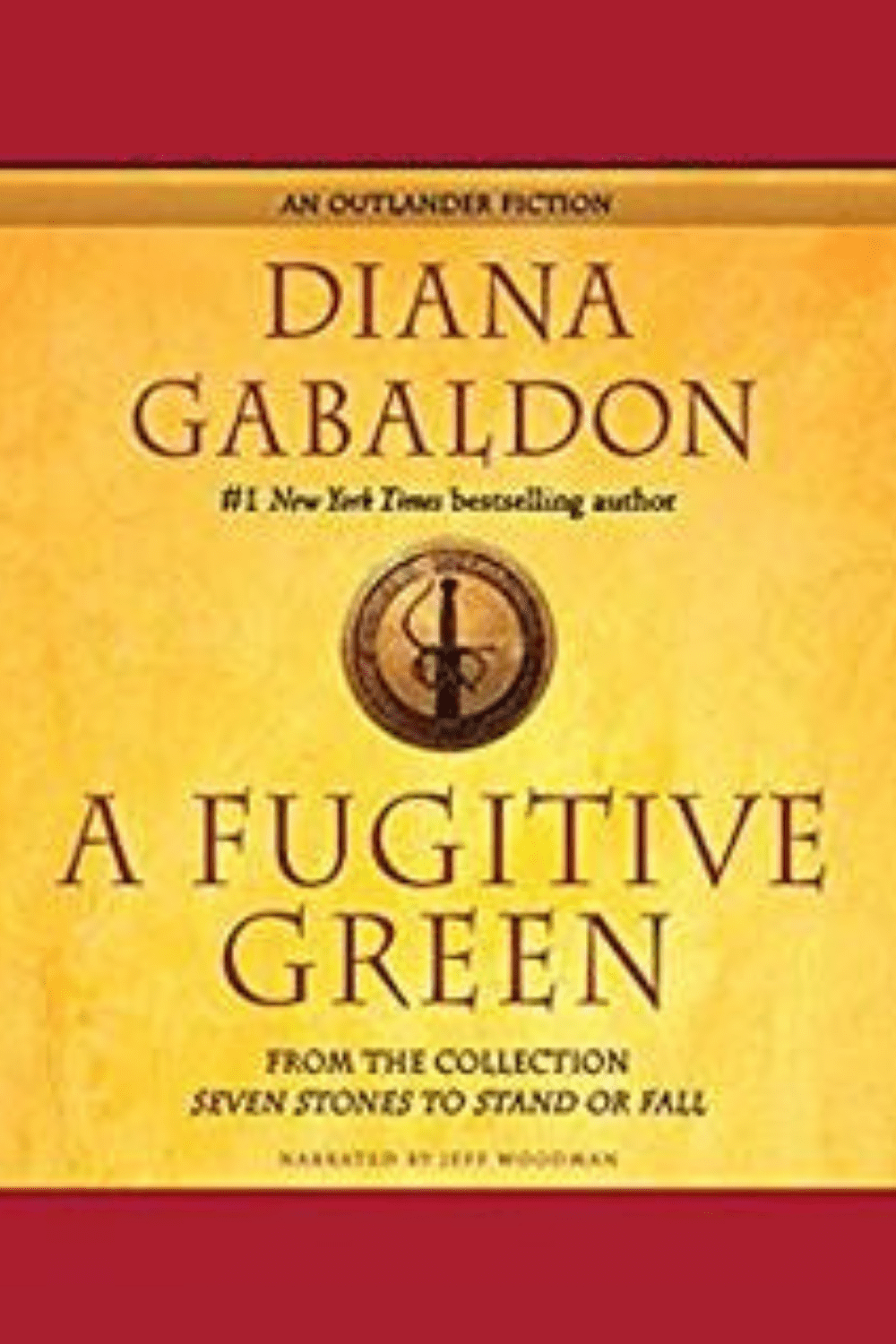
Book review of 11.22.63, a time-travel historical fiction novel by Stephen King, based around the JFK assassination.

This post may contain affiliate links, which means I may receive a commission, at no extra cost to you, if you make a purchase through a link. Please see our full disclosure for further information.
Synopsis
Divorced high-school English teacher Jake Epping is marking essays when he receives a strange phone-call from the owner of his favourite diner.
Years ago, Al discovered that his pantry contains a portal to 1958. Over the years, he has made hundreds of journeys into the past, worked out some basic rules of time-travel, and decides to stop the JFK assassination. Unfortunately, he became too unwell to complete his quest and had to return to 2011.
So Jake takes up the baton and makes his own journey to the past. While waiting for that fateful day, Jake takes up a teaching job in Jodie, Texas. In Jodie, he falls in love with beautiful, recently divorced librarian Sadie Dunhill. Their relationship is strained when he moves to Dallas to spy on Lee Harvey Oswald and cannot tell her what he’s doing.
Review
I am usually not a fan of Stephen King. Afterall, his novels are mostly of the thriller/horror type. However, 11.22.63 is more of an alternate reality historical fiction. There is a bit of violence, but nothing too terrifying.
I didn’t like how the author talked about various historical characters as if the reader already knew who they were. This seems perfectly reasonable for ‘big’ characters (like JFK). But who on earth is Frank Anicetti?
The characters were all so realistic and vivid that it made the fantastic things that happen to them believable. Each person was detailed and had their own flaws. I thought this was excellently done; it really helped with the whole suspension of disbelief thing.
Jake and Sadie’s romance was so lovely. There’s so much honesty and tenderness in their relationship, but it wasn’t at all sappy.
I liked how the book explored time-travel and its consequences. The little details of the past restarting each time someone goes back and each trip lasting two minutes were clever. However, I thought the alternate future bit with reality destroying itself due to the timeline changes was a bit over-the-top.
I loved how both the positive and negative aspects of the settings were shown. The historical time may be exciting and dreamy, but its problems (such as segregation) are included. Even horrible places (like Derry) have little bits of beauty shown (such as those children practicing a lindy-hop dance).
Conclusion
Have you read 11.22.63? What did you think? Do you agree with what I’ve said about it? Let me know in the comments.
